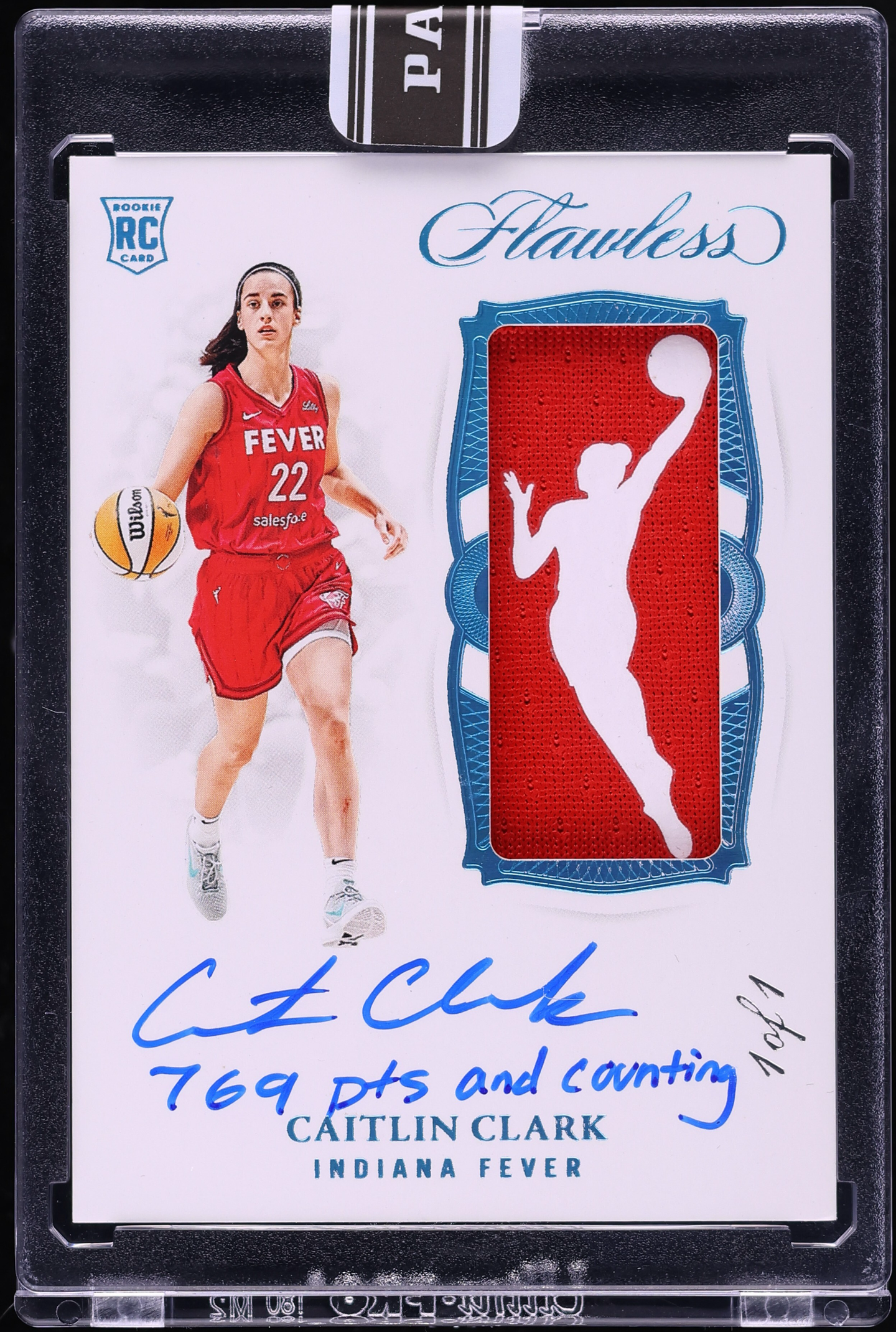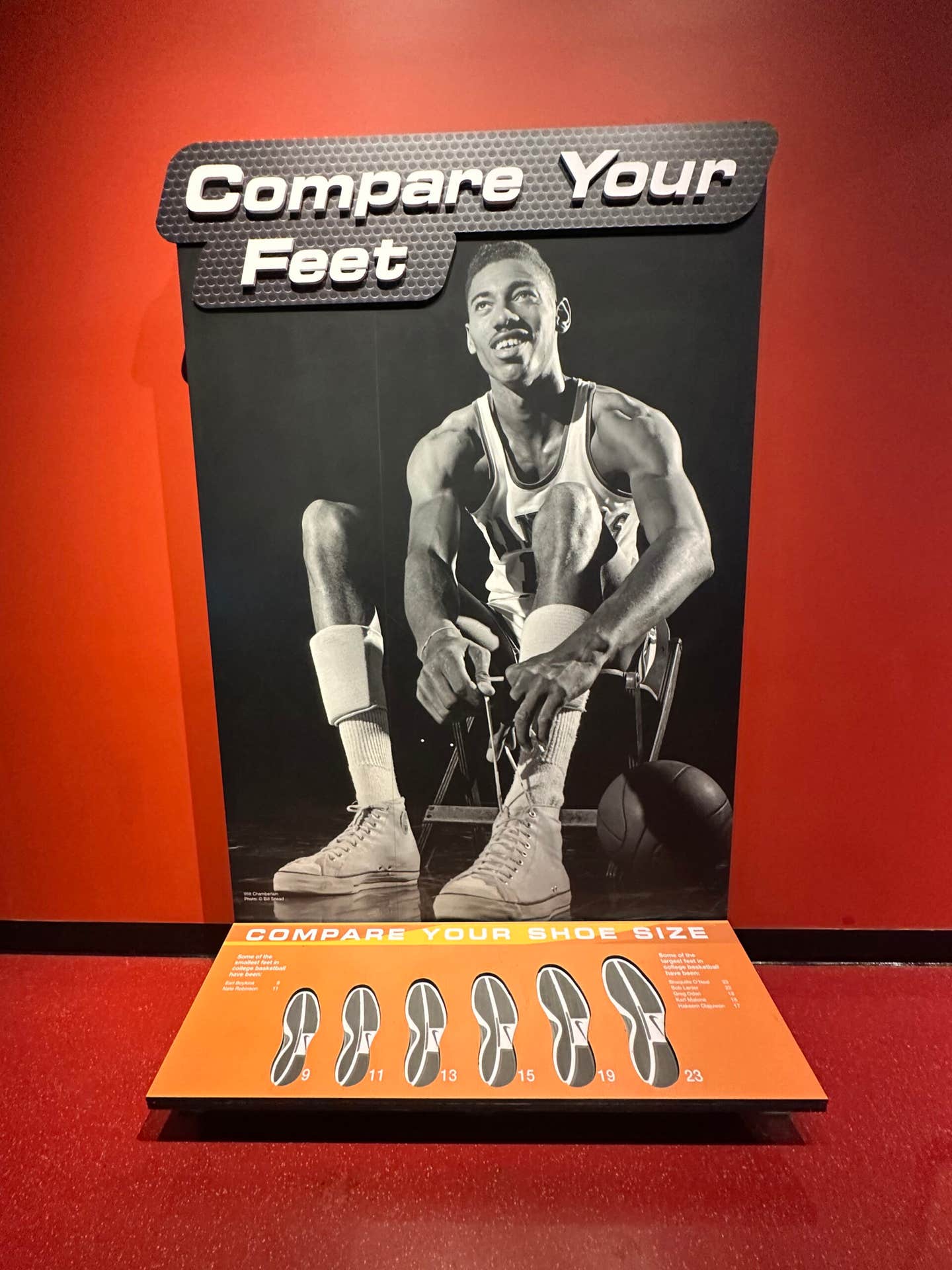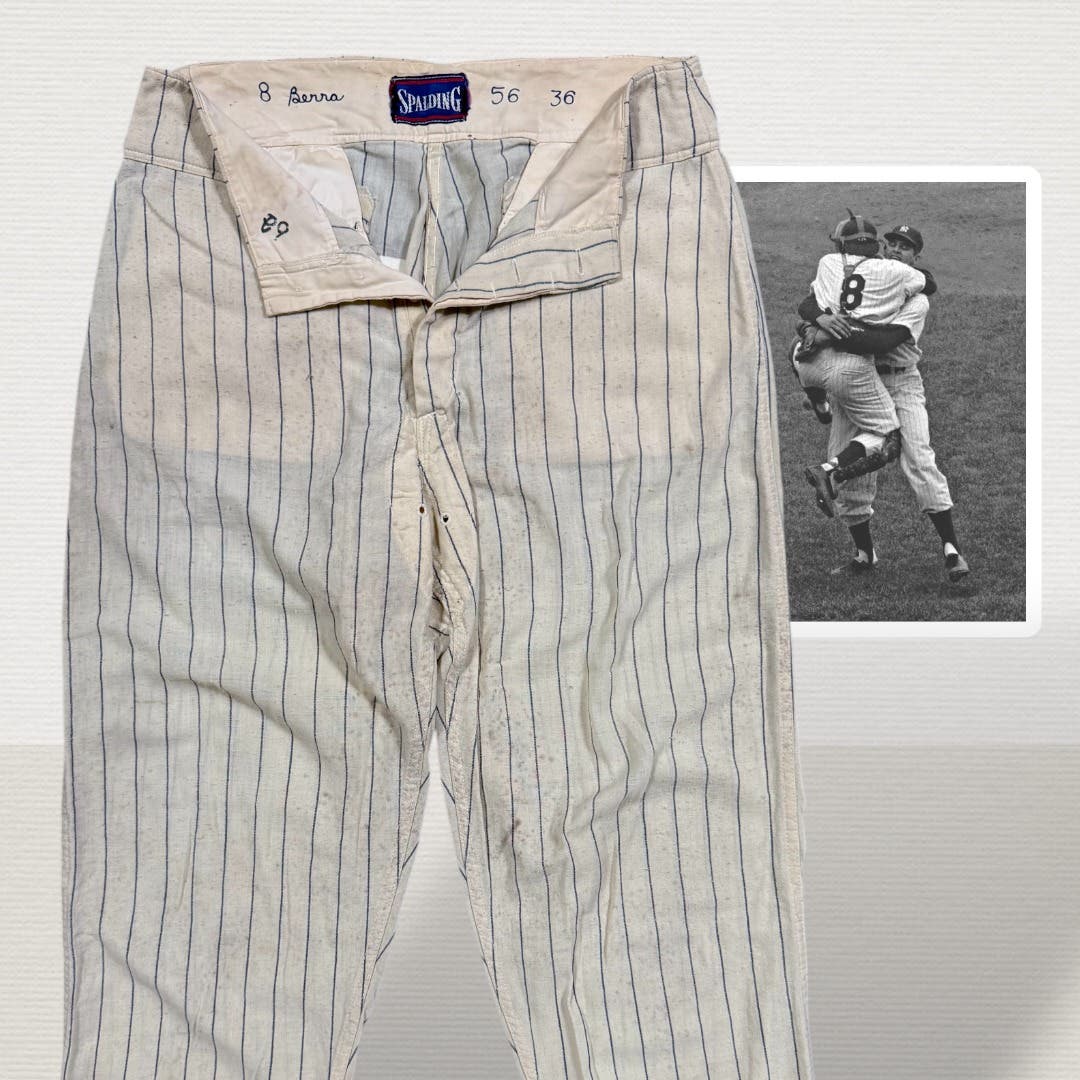Mickey-Mantle
1955 & 1960 Mantle Armour Coins: Colors and variations are the key
By Phil Garrou and Larry Serota
One of Mickey Mantle’s more obscure pieces of memorabilia was given away in packages of Armour Star Franks. Plastic coins of star ball players of the day were inserted into Armour Hot Dog packages in 1955, 1959 and 1960. The 1955 set was a New Yorkers dream with Johnny Antonelli and Don Mueller from the New York Giants; Jim Gilliam, Pee Wee Reese and Duke Snider from the Brooklyn Dodgers and Yogi Berra, Whitey Ford, Mickey Mantle, Allie Reynolds and Bob Turley from the New York Yankees.
The 1959 Armour set included Ford and Turley from the Yankees but for some inexplicable reason no Mantle.
By 1960 the Dodgers and Giants had moved to the West Coast. The only Yankees included were Ford and Mantle.
In both the 1955 and 1960 sets the key coin was, and still is – Mantle.
Cards had been inserted into hot dog packs before, for instance Briggs and Stahl Meyers Franks in 1953, and were probably the reason that Armour wanted to get into this game, but these were the first plastic coins of baseball players.
An advertisement that recently turned up from 1955 suggests “jingle them in your pocket, use them as play money or paste the complete set on a board and hang them on your wall.” With suggestions like that, we are lucky some of them made it to the present day in collectible condition. Variations and colors are the key not only to Armour coins in general, but specifically to the 1955 and 1960 Mantle coins.
1955 Armour Coins – Mantle correct is the key coin
In 1987, 32 years after the 1955 give-a-way, Doug Stultz wrote an article for Sports Collectors Digest focused on Armour coins and listed 24 different players with two variations (Mantle and Kuenn) for the 1955 set pointing out that, “The Mantle coin is miss-spelled Mantel on most coins. The corrected Mantle coin appeared late in the season and is very scarce.”
The 1955 ad advertised several colors, including the six common colors of aqua, navy, pale green, orange, red and yellow. Stultz further indicated from his collecting that the scarce colors included black, dark green, lime green, pale blue, tan, gold, silver, pale orange and pink (which we now call peach), noting “all of these shades are separate and distinct from the others.”
Armour coins became somewhat mainstream when they were included to the 1st edition of the SCD Baseball Card Price Guide in 1987 and the 1st edition of the Standard Catalog of Baseball Cards in 1988. Both publications agreed with Stultz – 24 players and two variations, copying his checklist and color list verbatim.
In the early 2000s we were not the only collectors who had an interest in Armour coins and had discovered eBay. We found ourselves bidding against each other as well as major Armour collectors Stultz, James Miller and George Ranallo.
As we began to correspond and compare collections, we discovered that many variations had been missed over the years since no one ever had enough of these coins to compare them. Since we were now consolidating the coins among a small number of people, by the end of 2004, we had identified several new variations, specifically Antonelli (2), Keunn (3), Mantle (3), Gilliam (2), Jensen (2), Jackson (2) and Trucks (2) or seven new variations to add to the original two. A few years later a third Gilliam variation and variations to Finigan and Haddix were discovered, making the full set 24 players and a whopping 13 variations, 11 of them found 50 years after the coins were released. There are at least two more variations (non Mantle) that we have not released to the world yet, but will soon. By comparing all of our coins we were able to tell which were the rare variations and further refine Stultz’s knowledge about rare and common colors.
The first grading of Armour coins by PSA took place in 2004. Serota sent in the first-ever batch to be graded. Stultz had no interest in grading his coins, but Garrou, Miller and Ranallo quickly followed.
Looking at the early PSA population reports has been misleading since more of the rare variations were being graded than the common ones since they were of higher value.
Zeroing in on Mantle, what we discovered was that the Mantle error “Mantel” was far more prevalent and comes in a multitude of colors. A total of 15 distinct color variations are shown in the figure (opposite page).
So far the corrected coins have showed up in fewer color variations. Navy blue and aqua are “common” for both with pale green being somewhat less so. Black is available but much rarer than the other black coins in the set. There appears to be far fewer yellows of each variation than blacks, and so far we are aware of only one orange L – R and one red L or R. Recently the so-called “cappo-di-tuti-cappo” a silver L – R with a gold swirl sold for more than $3,300 on eBay.
The PSA SMR lists the Mantle coins in PSA 8 as $250 for the incorrect spelling variation (common colors), $1,000 for the L or R variation (in common colors navy blue and aqua), and $1,200 for the L – R variation (in common colors navy blue and aqua).
1960 Mickey Mantle Armour Coins – Watch out for the Back Rims
There were 20 players in the 1960 Armour set as this 1960 hot dog package shows (above). There were two major variations: Hank Aaron coins listing him with the Braves and with the Milwaukee Braves, and Frank Malzone being listed with the Red Sox or the Boston Red Sox.
Don Drysdale also came with a gap between the L and the A in L. A. The Bud Daley coins are extremely scarce for reasons that have never been explained satisfactorily.
Mantle had no variations and was relatively plentiful in a multitude of colors, but there was a major problem with the Mantle coins that must be noted. For some reason the molds appear to have been offset during manufacturing for most of the Mantle coins resulting in the coins having “partial back rims” as shown in the figure (above).
In 2007 a hoard of 703 1960 coins were auctioned off by Mastro Auction house. They gave a complete listing of the coins’ colors and conditions. Out of the 67 Mantle coins in the lot, around 70 percent had damaged back rims (as shown). So look carefully at anything up for auction now-a-days especially at the back rims. Don’t expect graded 1960 Mantle to help you. We have seen Mantle coins with partial back rims graded as high as PSA 8. So, while there are a lot of graded and non-graded Mantle coins up on eBay for sale, most of them have the damaged back rim issue.
In terms of colors, so far we have identified at least 16 distinct color variations for Mantle in the 1960 set. Most of them are shown. The seven common colors include red, red/orange, yellow, royal blue, pale blue, dark green and lime green.
Bust Tilts
One last topic when it comes to Armour coins is so called “bust tilts.” It appears that there were multiple molds for the coins and they were not made off the same “master mold ” because if you look at the tip of the busts on many of the 1955, 1959 and 1960 coins (but not all of them) they point to different letters around the rim. This is easily seen in the lime green 1960 Mantle coins shown above where we see A-N, N-K and K-E variations exist. Do all bust tilt variations exist for all colors? Who knows…
Check out the Armour Coins web page at http://armourcoins.blogspot.com and have fun collecting these great baseball coins.
Phil Garrou and Larry Serota are contributors to Sports Collectors Digest. They can be reached at Philgarrou@att.net and sflayank@aol.com, respectively.








